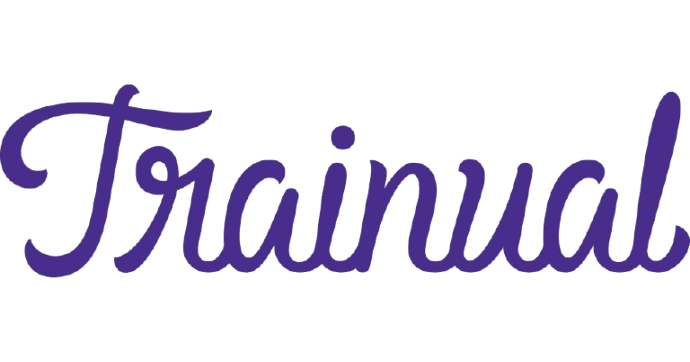Create your workspace and add team members
Start by signing up for a Process Street account and creating a workspace. This will serve as your team's home base. You can invite team members and assign them different roles – typically admins, members, and guests. Each role controls what they can create, edit, or run. For most teams, you’ll want a few creators who build out the workflows and the rest as users who execute them. Once your workspace is set, you can begin building your first process.
Build a new workflow
Workflows are the core building blocks in Process Street. Click on the "New Workflow" button to start building. You’ll name the process – for example, "Client onboarding" or "Weekly campaign QA" – and begin adding steps. Each step represents an action in your process. For each step, you can add instructions, text, images, videos, and more to guide your team. You can also insert form fields like text inputs, dropdowns, and file uploads to capture structured data.
Add conditional logic to create branches
To make your workflow dynamic, use the conditional logic feature. This allows you to show or hide steps depending on responses to earlier questions. For example, if you ask, "Is this a new client?" and someone selects yes, you might show onboarding steps. If they select no, those steps remain hidden. This logic is managed through rules in the step settings. You can use multiple conditions to build complex flows without any code.
Use checklists to assign and track work
Each time someone runs a workflow, it becomes a checklist – a unique instance of that process. You can assign steps to specific users, set due dates, and leave comments. This makes it easy to collaborate and track progress on processes like launch checklists, approval flows, or service delivery. The checklist is interactive and updates in real time, so everyone can see who’s doing what. Admins can monitor all checklist runs across the workspace.
Automate actions with integrations
Process Street supports automation directly from within workflows. You can trigger external actions such as sending an email, updating a CRM, or posting to Slack. You can also start workflows based on triggers from other apps. Automation is built using a visual interface or by connecting to Zapier for broader integrations. This removes manual handoff between tools and helps reduce dropped tasks.
Track performance and scale across teams
As your team grows, Process Street supports reporting across users, workflows, and checklists. You can see completion rates, time spent per step, and identify bottlenecks. Admins can manage permissions, control visibility of workflows, and ensure that the right processes are followed consistently. The enterprise plan includes features like SSO, advanced permissions, and audit trails, which are useful for regulated industries.
Conclusion
Process Street is a modern take on process documentation and execution. It excels when you need structure, repeatability, and team collaboration around complex workflows. While it has evolved beyond its early-stage roots, it still delivers strong value for operationally focused teams. If you’re looking to scale your SOPs beyond a wiki or a checklist in Notion, it’s worth serious consideration. Especially if you want those SOPs to actually be used, tracked, and improved over time.








